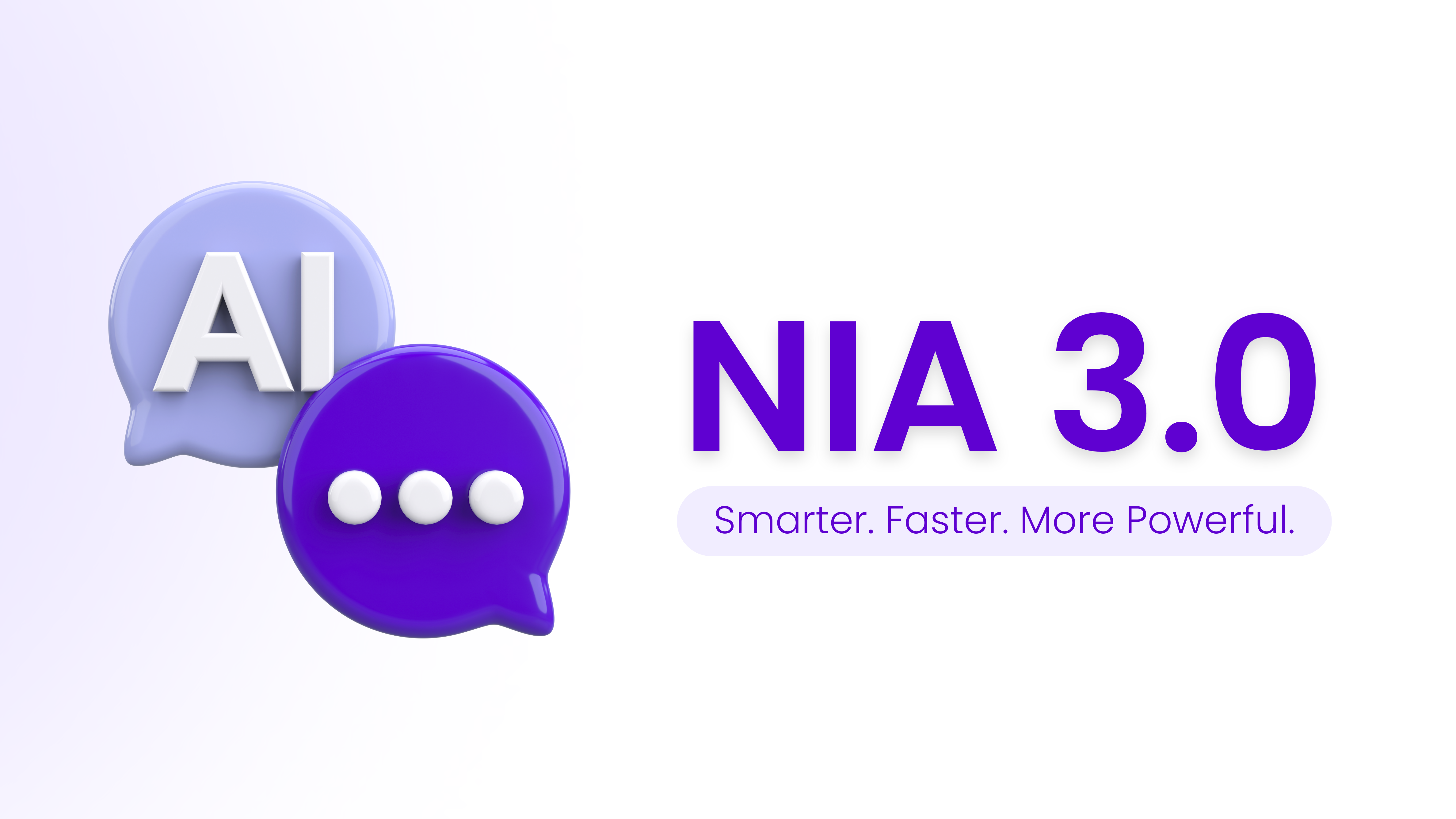What Is the Difference Between Interface-Driven and Execution-Driven Hospitality Software?
Interface-driven systems require users to log in, interpret data, and take manual action—whether assigning tasks, replying to guests, or checking KPIs. These tools are visual and centralized, but still rely on human execution.
Execution-driven systems, on the other hand, use agentic AI to perform tasks automatically. They interpret context, make decisions, and complete actions in real time—without dashboards or manual input.
What Are Interface-Driven Tools in Hospitality?
Most traditional hospitality platforms are interface-driven. Examples include:
- PMS dashboards for managing bookings
- Task apps for assigning housekeeping or maintenance
- CRMs and messaging hubs that centralize guest communication
- Review reply tools that suggest but don’t send responses
- Analytics dashboards that visualize KPIs but require human interpretation
While these systems help organize operations, they require constant interaction from staff to function effectively.
What Is an Execution-Driven System?
Execution-driven systems use autonomous software agents to manage operations. These agents:
- Detect guest messages across platforms
- Trigger personalized upsells in real time
- Assign cleaning tasks based on turnover windows
- Respond to reviews using brand-aligned language
- Adjust pricing based on market demand
- Surface performance anomalies—without a dashboard
Rather than supporting humans, these systems replace human execution where possible, operating continuously in the background.
Key Differences: Interface vs. Intelligence
|
Feature |
Interface-Driven Systems |
Execution-Driven (Agentic AI) Systems |
|
Action source |
Human operator |
Autonomous AI agents |
|
User interface |
Dashboard, menus, filters |
Voice/text prompt or no interface at all |
|
Responsiveness |
Manual, task-based |
Real-time, contextual |
|
Learning and adaptability |
Static rules |
Dynamic learning from data |
|
Cross-functional coordination |
Manual syncing between tools |
Orchestrated through shared system memory |
|
Outcome |
Operator does the work |
System completes the work |
Why Are Interfaces Becoming Less Important?
Interfaces were essential when users needed to interpret data and trigger actions. But in high-velocity environments like hospitality—where timing, accuracy, and personalization are critical—manual input can’t keep up.
Execution-driven systems remove the bottleneck by acting automatically and consistently, even as complexity grows.
This leads to:
- Faster task resolution
- Greater operational consistency
- Reduced staffing overhead
- More time for teams to focus on experience, not logistics
What Are the Benefits of Execution-Driven Hospitality Systems?
Operators using agentic systems like Jurny’s NIA report:
- ✅ 91% workload reduction (from 12.5 to 1.1 hrs/unit/week)
- ✅ 6x faster guest response times
- ✅ +30% revenue per stay from AI-generated upsells
- ✅ +25% guest satisfaction lift
- ✅ Zero training or onboarding required
Execution-driven platforms outperform traditional tools—not just in speed, but in scalability and outcomes.
What Tasks Can Be Fully Executed by AI Agents?
- Guest messaging (OTA, SMS, WhatsApp, email)
- Quote generation and booking confirmations
- Housekeeping + maintenance task routing
- Review responses
- Dynamic pricing
- Sentiment analysis and performance insights
- Upsell and concierge offers
These actions no longer need staff intervention—they are handled by intelligent systems, end-to-end.
What Is Jurny’s NIA?
Jurny’s Network of Intelligent Agents (NIA) is an execution-driven operating system designed for hospitality. It doesn’t require dashboards or manual workflows. Instead, it replaces task execution across departments with autonomous agents that:
- Learn from your SOPs
- Operate around the clock
- Communicate with each other
- Improve over time
NIA isn’t another tool. It’s the end of needing tools to do the work.
How to See Execution-Driven Systems in Action
If your team still relies on dashboards, rules, or step-by-step workflows, you’re operating on borrowed time. The future is intelligence—not interfaces.
👉 [Book a Demo] to see how Jurny’s NIA executes operations automatically, so your team can focus on growth—not software.










